
It’s a narrative that almost defies belief in our era of extravagant wealth: Elon Musk, the visionary at the helm of Tesla, SpaceX, and Neuralink, a man whose personal fortune places him among the world’s richest individuals, chooses to reside in a humble 375-square-foot prefabricated home. This isn’t a temporary arrangement, nor is it a secret retreat; it’s his declared primary residence, a stark departure from the sprawling estates often associated with Silicon Valley titans.
This choice sparks a compelling question: why would a man capable of commanding immense resources opt for such a minimalistic dwelling? This seemingly eccentric decision is, in fact, deeply rooted in Musk’s well-documented philosophies of efficiency, purpose, and a relentless focus on his monumental ventures. His embrace of a tiny home transcends mere personal preference, evolving into a potent symbol of his commitment to innovation, sustainability, and a redefinition of what true success entails.
It challenges conventional notions of luxury and underscores a profound belief in living deliberately to maximize impact. To truly understand this move is to peer into the mind of a disruptor who sees opportunity and efficiency where others might see compromise. In the following exploration, we will dissect the layers behind Musk’s unconventional living situation, examining the specific dwelling he inhabits, the practical advantages it offers, and how this personal choice seamlessly integrates with his overarching mission to reshape our world, from terrestrial living to interplanetary colonization.
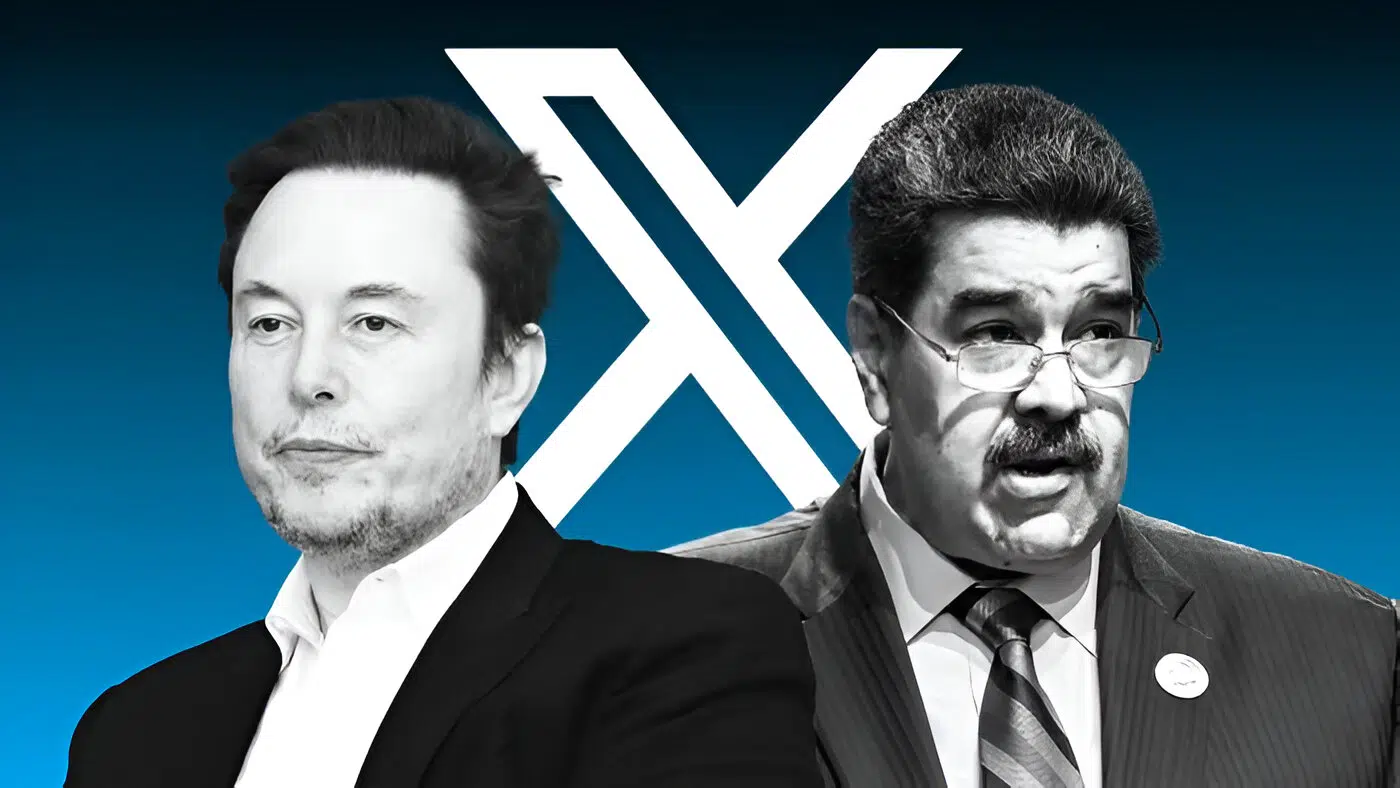
1. **Elon Musk’s Personal Choice: The $50K Boxabl Casita**The house that Elon Musk calls home is widely believed to be the Boxabl Casita, a compact, prefabricated unit manufactured by a Las Vegas-based startup. Valued at approximately $49,500 USD, this 375-square-foot dwelling is far removed from the opulent mansions Musk once owned, making his choice a powerful statement on personal values and priorities.
The house that Elon Musk calls home is widely believed to be the Boxabl Casita, a compact, prefabricated unit manufactured by a Las Vegas-based startup. Valued at approximately $49,500 USD, this 375-square-foot dwelling is far removed from the opulent mansions Musk once owned, making his choice a powerful statement on personal values and priorities.
He himself confirmed this in a 2021 tweet, stating, “My primary home is literally a ~$50k house in Boca Chica / Starbase that I rent from SpaceX. It’s kinda awesome.” This is not merely a downsized abode; it represents a deliberate embrace of minimalism, signaling a shift away from material possessions toward a life driven by mission.
While Musk has not officially confirmed Boxabl as the builder, the company hinted at delivering a unit to a “top-secret customer” in Boca Chica, aligning perfectly with Musk’s residence. This public endorsement, whether direct or indirect, immediately propelled Boxabl into the spotlight, validating their innovative approach to affordable housing. The Boxabl Casita is more than just an economical structure; it’s a testament to smart design and efficient living.
Musk’s decision to inhabit such a dwelling offers a rare glimpse into the practical application of his philosophical stance, demonstrating that even a billionaire can find comfort and functionality within a modest footprint, provided it is intelligently engineered. It underscores a belief that true value lies not in square footage, but in purpose and utility.
2. **Location and Rationale: Proximity to SpaceX Starbase**Musk’s tiny home is strategically located in Boca Chica, a remote region in southern Texas, directly adjacent to the SpaceX Starbase. This proximity is far from coincidental; it is a critical component of his decision-making, enabling him to maintain an unparalleled level of involvement with SpaceX’s ambitious endeavors, particularly its mission to establish a human presence on Mars.
Living so close to the heart of his operations allows Musk to be constantly immersed in the demanding, round-the-clock work required for rocket development and launches. This “work-life integration” is not just about convenience; it is about absolute dedication, minimizing commutes and maximizing his time and energy directed toward innovation. It reflects a singular focus, where personal comfort is secondary to the pursuit of groundbreaking technological advancement.
This geographical choice serves as a tangible manifestation of Musk’s commitment to his entrepreneurial goals. By eliminating the distractions and time sinks associated with traditional homeownership and long commutes, he has crafted an environment that fosters intense productivity and uninterrupted engagement with his projects. It’s a deliberate sacrifice of conventional luxury for the ultimate luxury of undivided attention to his grand visions.
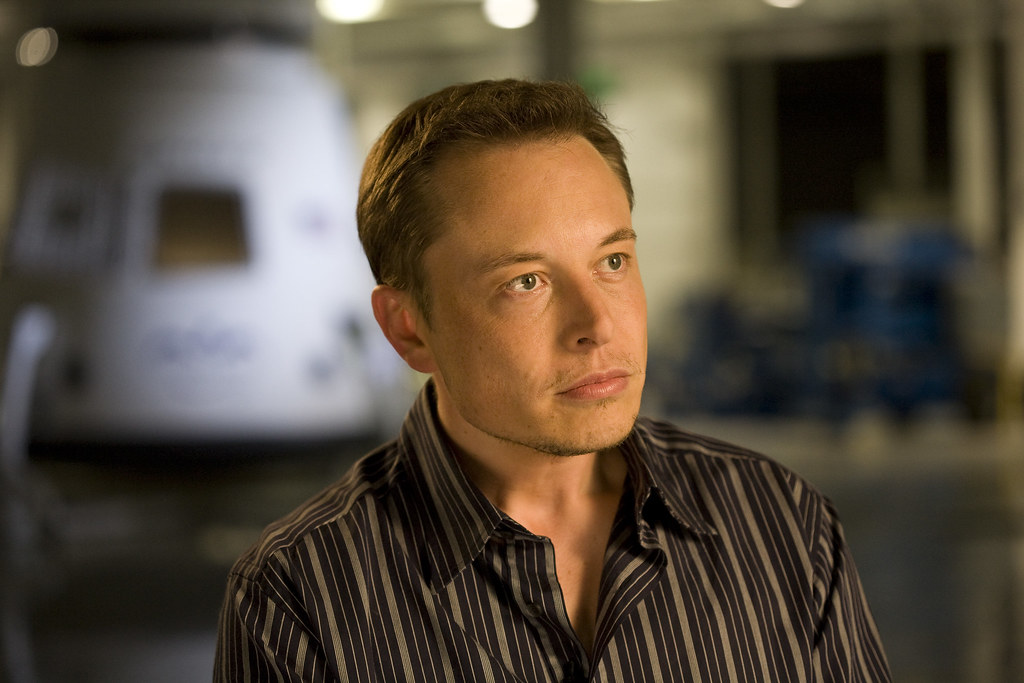
3. **Boxabl’s Core Innovation: Foldable, Modular Design**At the heart of the Boxabl Casita’s appeal, and a key factor in its endorsement by a figure like Elon Musk, is its revolutionary foldable, modular design. This ingenious approach to construction fundamentally changes the economics and logistics of home ownership. The units are factory-built, then designed to collapse to a mere 8 feet wide for transport, solving a long-standing challenge in delivering prefabricated housing.
This innovative folding mechanism makes transportation incredibly straightforward and cost-effective. A Boxabl home can be shipped on a standard truck, significantly lowering logistics costs compared to traditional modular structures that require specialized wide-load transportation. This efficiency in delivery is a game-changer, allowing these homes to be deployed rapidly and affordably across vast distances.
The modularity also extends to the assembly process. Once on-site, a Boxabl unit can be set up on a prepared foundation in under 24 hours, and as quickly as “just two hours” in some cases. This rapid deployment capability is a radical departure from conventional construction timelines, which can span months or even over a year. It’s a testament to industrial-scale manufacturing applied to housing, mirroring Musk’s own principles of mass production and efficiency seen in Tesla.
4. **Key Features of the Boxabl Casita**Despite its compact 375-square-foot footprint and economical price tag, the Boxabl Casita does not compromise on functionality or modern amenities. It is engineered to offer a complete living experience, showcasing how intelligent design can maximize space and comfort within limited dimensions. The interior is conceived as a sleek, modern studio apartment, equipped with all essential features.
The living area is designed for multi-use, often featuring modular furniture that can adapt to different needs and also provides optimized storage solutions. The kitchen is fully equipped with essentials, including a full-sized fridge, a double sink, an electric stove, a microwave, and ample storage cabinetry, ensuring it’s both practical and comfortable for daily living. This thoughtful allocation of space avoids the cramped feeling often associated with smaller homes.
Comfort extends to the private areas, with a bedroom zone that can accommodate a queen-sized bed, complete with wardrobe space and smart lighting. The bathroom, though minimal, includes a full-size shower, eco-friendly toilet, and a sink with vanity, prioritizing comfort and efficiency. Furthermore, the Casita boasts excellent insulation with an R24 rating for walls and an R40 in the roof, contributing to energy efficiency. An integrated HVAC system and energy-saving appliances are standard, with options for solar panels for off-grid energy use and customizable finishes, making it a sustainable and personalized living solution.

5. **Assembly and Installation Speed**The assembly and installation speed of the Boxabl Casita is a standout feature, fundamentally disrupting the traditional construction paradigm. Thanks to its innovative foldable modular technology, the unit can collapse to a mere 8 feet wide, making it exceptionally easy to transport on a standard truck. This ease of transport translates directly into lower logistics costs and greater accessibility, enabling deployment in diverse locations.
Upon arrival at a prepared site, the magic truly unfolds. The house can be set up and ready for occupancy in an astonishingly short timeframe—reported to be “under 24 hours” and even “just two hours” for the physical structure. This rapid on-site assembly is a monumental advantage, drastically reducing the waiting periods associated with traditional home building, which can stretch from six months to over a year.
This speed not only benefits individual homeowners eager to move into their new space but also has significant implications for humanitarian efforts and disaster relief, where quick, deployable housing is crucial. The efficiency of factory-built construction, combined with quick on-site erection, represents a paradigm shift toward making housing more responsive and accessible to urgent demand, a principle that resonates deeply with Musk’s own ventures.
Read more about: The Gear Reviewer’s Definitive Guide: 11 Most Rugged Camping Tents of 2025 Tested for Ultimate Durability and Value
6. **Cost-Effectiveness Compared to Traditional Homes**One of the most compelling aspects of the Boxabl Casita, and a driving force behind its appeal to Elon Musk, is its remarkable cost-effectiveness. Priced at a base of $49,500 USD, it offers an entry point into homeownership that is significantly more accessible than traditional housing. The article also mentions a slightly different model, Musk’s tiny house, priced at $6,789, costs about $182 per square foot, which is quite economical compared to the average U.S. home costing between $150 and $250 per square foot.
This affordability extends beyond the initial purchase price. The factory-built nature of Boxabl homes, leveraging assembly-line efficiency akin to car manufacturing, dramatically reduces labor costs and material waste. This approach makes “elon musk prefab house and tesla tiny house more reachable” and contributes to mass production economies that drive costs down even further, with projections of reaching $3,500 by 2027 for a Tesla Tiny House model.
While potential buyers must account for additional costs such as land acquisition (ranging from $3,000 in rural areas to over $100,000 in urban plots) and utility connections (typically $1,500 to $5,000), the base cost remains exceptionally competitive. This innovative pricing model, combined with rapid construction, positions Boxabl as a critical solution for tackling rising property prices and making homeownership a realistic dream for a much broader segment of the population, including first-time buyers and those facing financial challenges.
Read more about: Staying Power: 11 Home Security Cameras Built to Last, Delivering Peace of Mind Year After Year
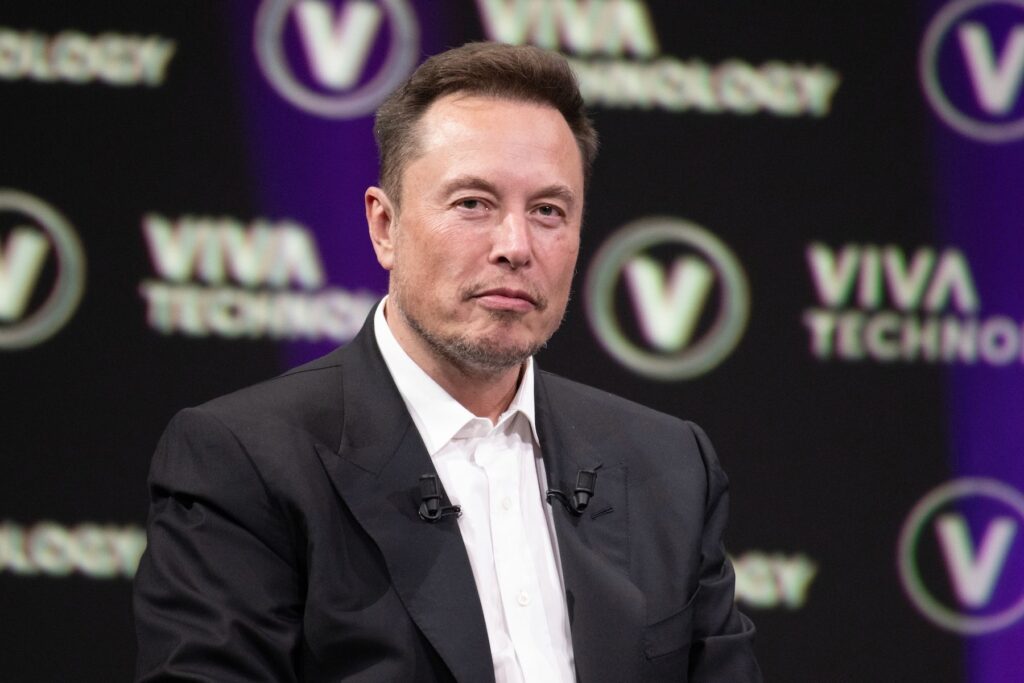
7. **Musk’s Philosophy: Minimalism for Focus**Elon Musk’s decision to shed his multi-million-dollar mansions in favor of a modest prefabricated home is not merely a pragmatic housing choice; it is a profound philosophical statement, embodying his deeply held belief in minimalism as a catalyst for focus. He has often articulated his stance on material possessions, famously stating, “Possessions just weigh you down.” This sentiment directly informs his current living situation, as he actively seeks to minimize personal distractions.
By embracing a small, functional home, Musk strategically eliminates the myriad responsibilities and complexities that accompany opulent living. This reduction of personal overhead frees up invaluable mental and emotional bandwidth, allowing him to channel virtually all his energy and attention toward his ambitious work at Tesla, SpaceX, and Neuralink. His life becomes an embodiment of “mission-driven living,” where every decision, including where he lays his head at night, serves his grander objectives.
In a world that frequently equates success with accumulation, Musk offers an alternative definition, one rooted in purpose and impact. His tiny house is a tangible manifestation of this philosophy, demonstrating that true luxury, for him, lies not in expansive square footage or extravagant amenities, but in the clarity and freedom to relentlessly pursue breakthroughs. It is a powerful lesson that stripping away the superfluous can amplify one’s capacity for innovation and world-changing endeavors.
8. **The Tesla Tiny House: An Answer to the Housing Crisis**Beyond his personal dwelling, Elon Musk’s ventures extend to a more accessible housing solution, introducing what is widely referred to as the “Tesla Tiny House.” Priced at a remarkably low $6,789, this initiative is presented as a direct response to the escalating global issue of affordable living. It represents a paradigm shift from the conventional, aiming to make homeownership a tangible reality for a broader demographic, particularly first-time buyers and individuals grappling with financial constraints in a market plagued by soaring property prices.
This compact yet highly functional home embodies Musk’s ethos of innovation and disruption, applied directly to the residential sector. It’s designed with sustainability as a foundational principle, integrating modular technology that facilitates quick assembly and offers a degree of customization. This allows future occupants to tailor their living spaces to reflect individual tastes and preferences, moving beyond a one-size-fits-all approach while maintaining affordability.
Musk’s approach with this tiny house fundamentally challenges established notions of what constitutes a valuable home. It suggests that true value lies not in expansive square footage but in efficient design, sustainable practices, and, most critically, accessibility. This move has the potential to reshape perceptions of housing and community living, nudging society towards more mindful and economical residential solutions in the years to come.
The introduction of the Tesla Tiny House signifies a bold step towards democratizing homeownership, leveraging technological advancements to solve a pressing societal challenge. It’s a testament to the belief that innovative engineering and mass production can drastically reduce costs without sacrificing essential living standards. This distinct offering diverges significantly from his personal Boxabl Casita, marking a broader strategic play in the housing market.
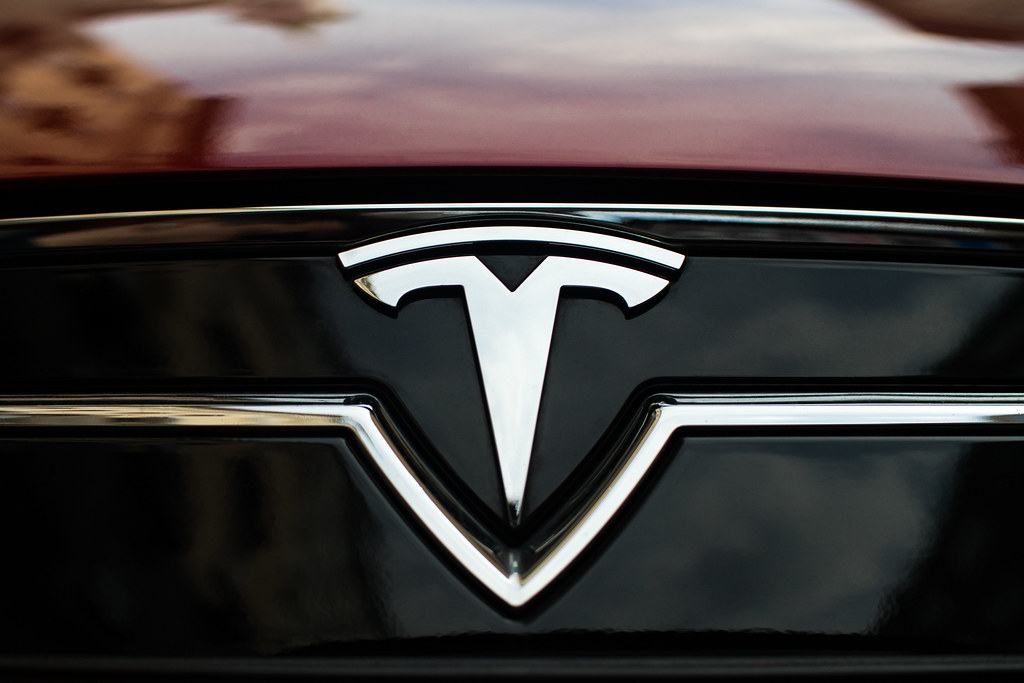
9. **Key Design and Functional Features of the Tesla Tiny Home**Delving deeper into the Tesla Tiny House, its design prioritizes both compactness and comprehensive functionality, proving that intelligent engineering can maximize utility within a minimal footprint. The interior is thoughtfully arranged to create a smart living area, frequently incorporating multi-use furniture solutions that optimize every square inch, providing adaptability for various daily activities and integrated storage.
The kitchen, while compact, is fully equipped with essential appliances crucial for daily living. It features a two-burner induction cooktop for efficient meal preparation, an energy-efficient mini-fridge, and high-quality finishes that elevate the overall aesthetic. This ensures that residents have all necessary amenities without feeling cramped, reflecting a meticulous balance between space-saving and practical needs.
Comfort extends to the private amenities, with the bathroom designed to provide a full-size shower, an eco-friendly toilet, and a functional sink, further demonstrating a commitment to efficiency. Beyond the internal layout, the home boasts superior insulation, with an impressive R24 rating for the walls and an even higher R40 in the roof, significantly contributing to energy efficiency by maintaining stable indoor temperatures regardless of external conditions.
Furthermore, the design offers forward-thinking sustainable options, including the choice for buyers to integrate solar panels for off-grid energy use, minimizing reliance on traditional power grids. This suite of features, combined with extensive customization options, allows owners to personalize their home’s aesthetic from flooring to cabinetry, making sustainable and affordable homeownership a truly personalized and achievable goal.
Read more about: Tesla’s Software Frontier: Unpacking the Promises, Hidden Perks, and Critical Pitfalls for Owners

10. **Tesla’s Revolutionary Distribution Model: Democratizing Homeownership**Tesla is not merely manufacturing these innovative tiny houses; it is pioneering a transformative distribution model aimed at democratizing homeownership and addressing diverse societal needs. This ambitious strategy employs a three-tier system, meticulously designed to make housing accessible across various socio-economic spectrums, challenging traditional barriers to property acquisition.
The first tier focuses on humanitarian aid, offering free homes to vulnerable populations. This includes climate refugees displaced by environmental crises, disabled veterans who have served their country, homeless individuals, and essential workers in underserved areas. This initiative underscores a powerful commitment to social impact, leveraging Tesla’s manufacturing capabilities to provide immediate relief and stable living environments to those most in need.
The second tier provides subsidized homes, available at factory cost—reportedly $4,200 per unit—to specific demographic groups facing economic hurdles. This includes first-time buyers under 35 with lower incomes, seniors looking to downsize into more manageable and affordable housing, and STEM graduates burdened by student debt. This tier directly supports aspiring homeowners and those seeking cost-effective living solutions without compromising on quality.
Finally, the third tier introduces flexible lease-to-own plans for the general public, priced at an accessible $299 per month over five years. This option caters to a broader audience, including remote workers seeking mobile living solutions or those in need of emergency housing in disaster zones. An AI-powered application system ensures equitable selection across all tiers, prioritizing financial need, geographic urgency, and potential social impact, ensuring fair access to this innovative housing solution.

11. **Amphibious Freedom and Advanced Manufacturing: The Tesla Tiny House**The Tesla Tiny House transcends conventional notions of housing by introducing an amphibious living concept, providing unparalleled freedom and adaptability. This groundbreaking feature allows residents the unique ability to comfortably inhabit their homes on both land and water, addressing challenges posed by rising sea levels and water shortages in regions from the Florida Keys to the Great Lakes.
Central to this innovation is the home’s advanced manufacturing process, taking place at Tesla’s Gigafactory Texas. Here, a highly automated robotic assembly line, operating with 95% automation, is capable of producing an impressive 50,000 units per year. This factory-scale approach, inspired by IKEA’s modular flat-pack assembly, enables each home to be set up by just two people in as little as eight hours, showcasing remarkable efficiency and speed.
The structural integrity and lightness of the home are ensured by a carbon fiber composite frame, enhanced with marine-grade coatings for superior durability. In land mode, a hydraulic foundation actively stabilizes the home, offering protection against seismic activities like earthquakes. When transitioning to water mode, 12 integrated buoyancy chambers provide exceptional stability and safety, illustrating a meticulous design for versatile environments.
This blend of high-tech manufacturing and adaptive design positions the Tesla Tiny House not merely as a dwelling, but as a dynamic living solution. It signifies a future where housing is less about fixed locations and more about flexible, resilient living, capable of adapting to changing environmental conditions and personal preferences with unprecedented ease.

12. **Smart Technology for Sustainable Off-Grid Living**The Tesla Tiny House redefines sustainable living through the integration of advanced smart technologies, enabling remarkable off-grid capabilities. Each unit is equipped with integrated 15 kW Gen 4 Tesla solar tiles, boasting a high efficiency rate of 22.8%, designed to harness ample solar energy for all household needs.
Power storage is managed by the Tesla Power Wall 3.0 battery, which provides a continuous 13.5 kW power output. This robust energy system is capable of supplying sufficient power for heating, cooling, and all integrated appliances, ensuring uninterrupted comfort and functionality. The combination of high-efficiency solar panels and significant battery storage allows residents to achieve substantial energy independence.
Further optimizing this system is an AI-powered smart energy management system. This intelligent technology actively monitors and adjusts energy consumption, maximizing the efficiency of off-grid use for up to an astonishing 350 days a year. This level of self-sufficiency drastically reduces reliance on traditional utility grids, lowering energy bills and significantly minimizing the environmental footprint of each home.
The technological sophistication within the Tesla Tiny House extends beyond mere power generation; it represents a holistic approach to sustainable living. By intelligently managing energy resources, these homes offer a glimpse into a future where residential dwellings are self-sufficient energy hubs, embodying a significant leap forward in eco-conscious housing design and operation.
Read more about: Fueling Your Journey: The 14 Best Fuel-Saving Vans and Strategies for Long-Haul Drivers in 2025
13. **Revolutionary Self-Cleaning Water and Environmental Protection System**One of the most profound innovations within the Tesla Tiny House is its AI-powered water management and waste treatment system, engineered to ensure a zero environmental impact. This sophisticated closed-loop ecosystem addresses one of the most critical aspects of sustainable living: water resource management.
For clean water generation, the homes are outfitted with atmospheric water generators capable of extracting up to 12 gallons of drinking water daily directly from humidity. Complementing this, desalination units can convert up to 20 gallons of seawater into fresh water, providing a vital resource in diverse environments. Furthermore, rainwater harvesting panels collect and store up to 500 gallons in clean tanks, ensuring a consistent supply of potable water.
The waste and water recycling system is equally impressive, featuring a multi-stage filtration and bioreactor system that effectively breaks down contaminants in both grey and black water. Over 200 embedded sensors continuously monitor water quality in real-time, allowing the AI to optimize system maintenance and efficiency. This ensures all wastewater is recycled, with an output that is demonstrably cleaner than the original input, achieving a true zero-discharge system.
This innovative system extends to a closed-loop ecosystem where an internal sewage bioreactor converts human waste into valuable fertilizer. Artificial wetlands, integrated into the base of the home, actively improve local water quality and support indigenous wildlife. This allows residents to engage in sustainable practices like raising fish and growing plants through aquaculture tanks beneath the home, transforming waste into food and a life-support system, embodying a truly regenerative living model.
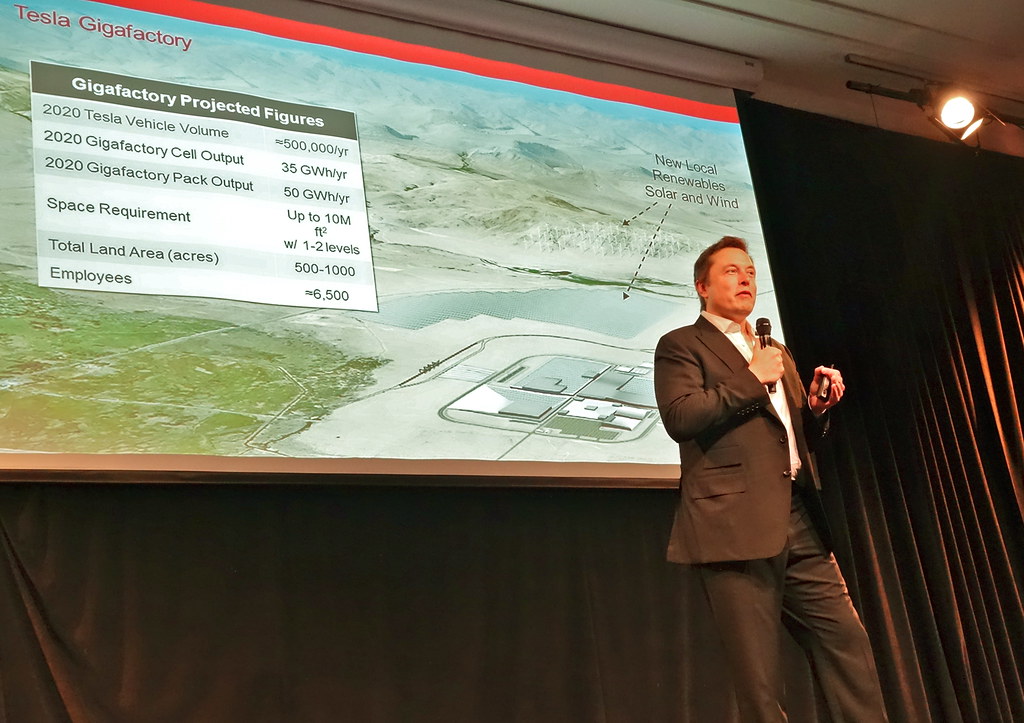
14. **Disrupting Traditional Housing Markets and Urban Planning**The advent of the Tesla Tiny House represents more than just a new product; it signals a fundamental disruption to traditional housing markets and offers significant implications for future urban planning. Compared to conventional tiny homes, which typically cost between $45,000 and $80,000 with limited off-grid capabilities, and floating homes ranging from $100,000 to $300,000+, Tesla’s $6,975 offering stands out as a singularly integrated, scalable, and future-ready solution.
This innovation breaks down long-standing barriers to homeownership by being exceptionally affordable and accessible, particularly for low-income and vulnerable groups. Its provision of comprehensive off-grid power and water systems eliminates the need for expensive infrastructure connections. Moreover, the amphibious design grants mobility on water or land without complicated permits, circumventing traditional land ownership laws and opening up vast new living possibilities on calm bodies of water.
The leverage of mass production techniques and advanced AI for scalability and efficiency positions the Tesla Tiny House as a powerful agent for change. It challenges the slow, bureaucracy-laden methods of government programs and conventional construction, offering rapid deployment to meet urgent housing demands. This could profoundly influence urban planning, fostering the development of new communities on revitalized waterfronts or tranquil inland waters, away from traditional, crowded urban centers.
Ultimately, Elon Musk’s $6,789 tiny house offers a compelling vision for escaping the cycle of rising rents and property prices. It promises a future where homeownership costs less than a used car, where land ownership is not a prerequisite, and where housing can adapt to changing needs and environments. This integrated, sustainable, and mobile housing solution could redefine modern living and propel a much-needed revolution in the way we conceive and build our homes.
Read more about: America’s Housing Conundrum: A Deep Dive into the Systemic Roots of Unaffordability and the Fading Dream of Homeownership
As we’ve seen, Elon Musk’s journey into the world of compact living, from his personal Boxabl Casita to the ambitious Tesla Tiny House initiative, is far more than a curious billionaire’s whim. It is a meticulously crafted vision that marries extreme personal focus with a profound commitment to solving some of humanity’s most pressing challenges. Whether through demonstrating the power of minimalism for peak performance or through actively engineering solutions for affordable, sustainable, and adaptable housing on a global scale, Musk continues to push the boundaries of what’s possible. His tiny homes are not just structures; they are blueprints for a future where innovation democratizes access, empowers self-sufficiency, and reshapes our very understanding of home, both on Earth and potentially, beyond.



